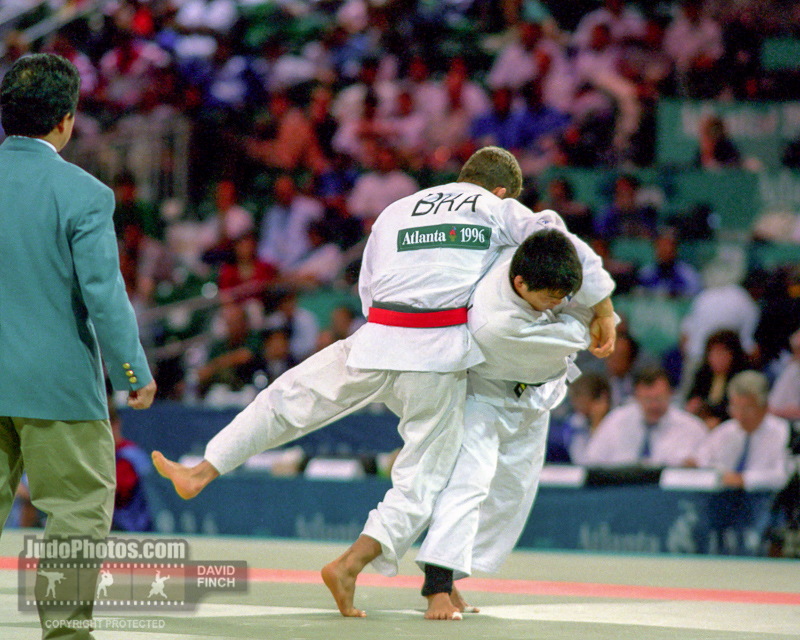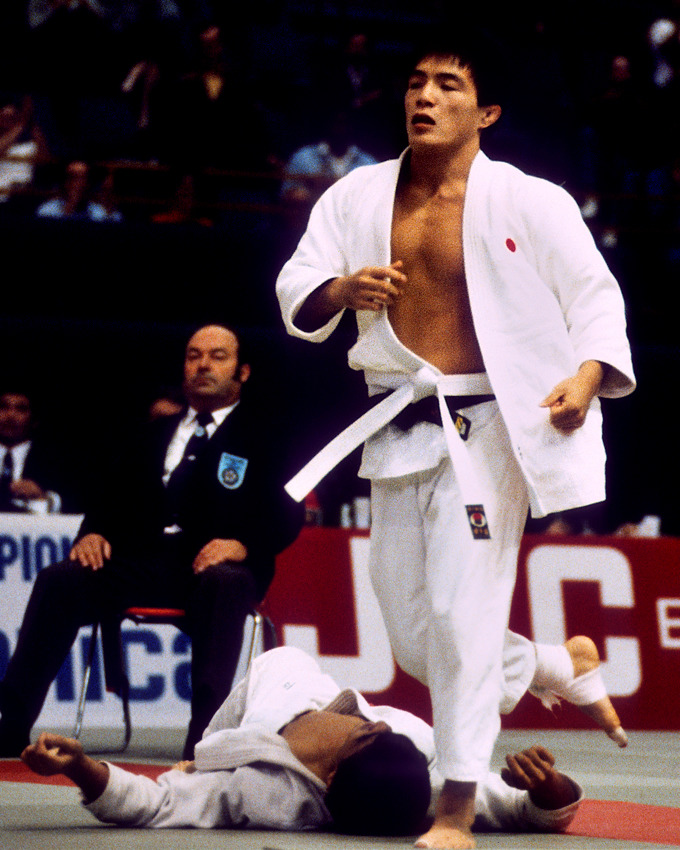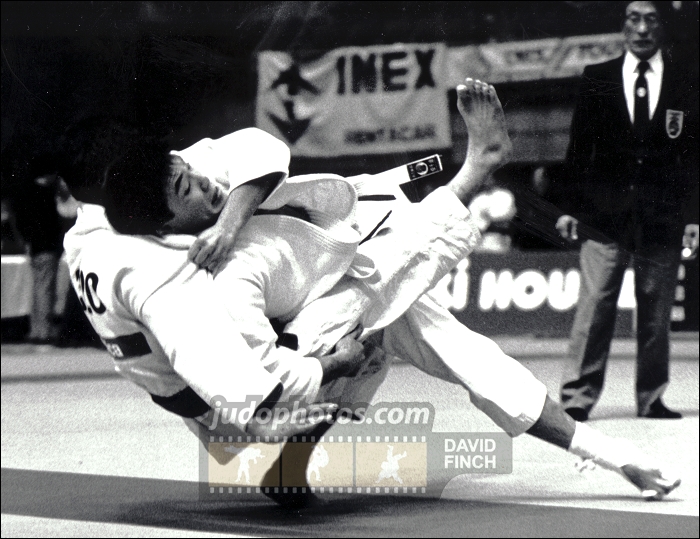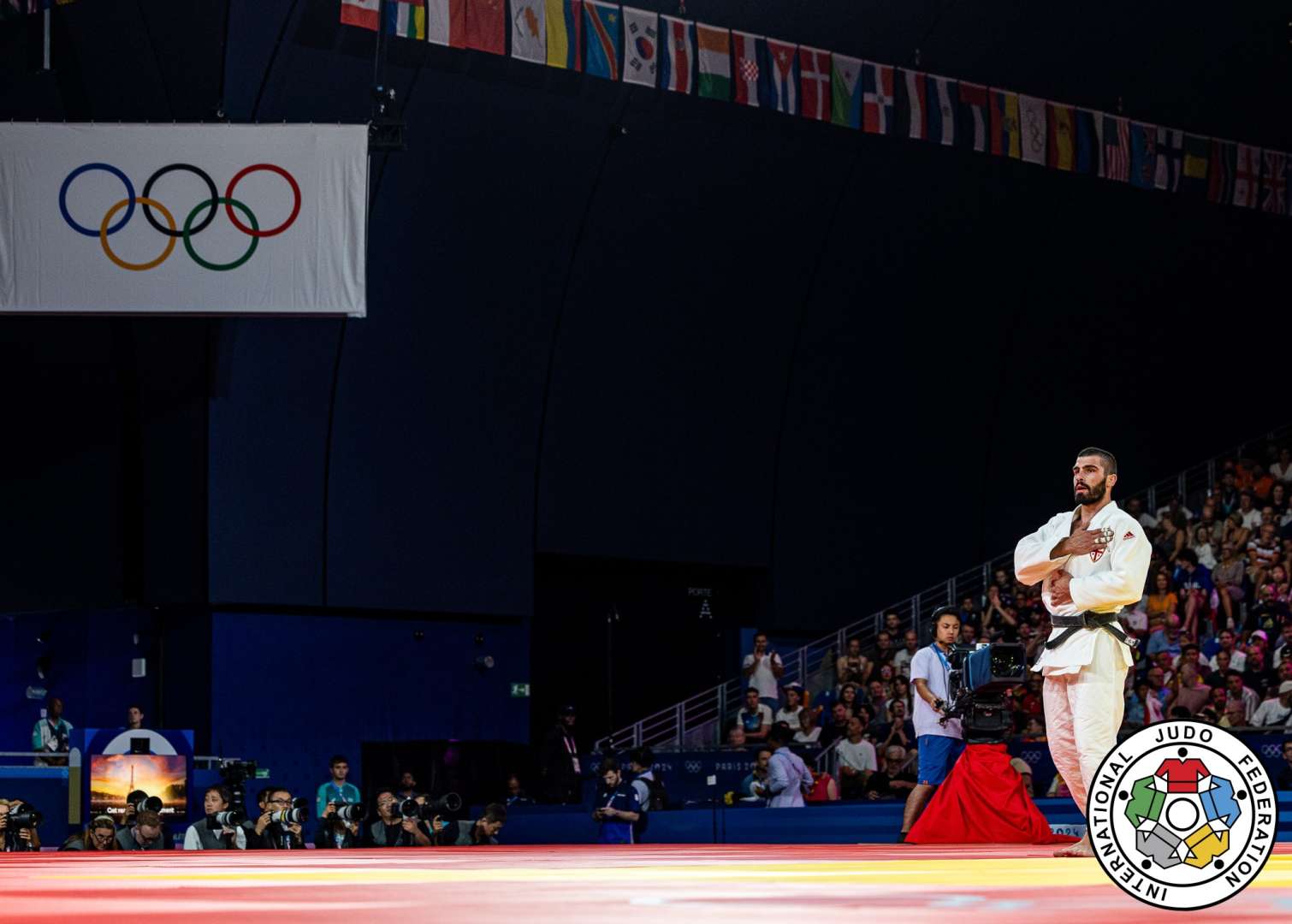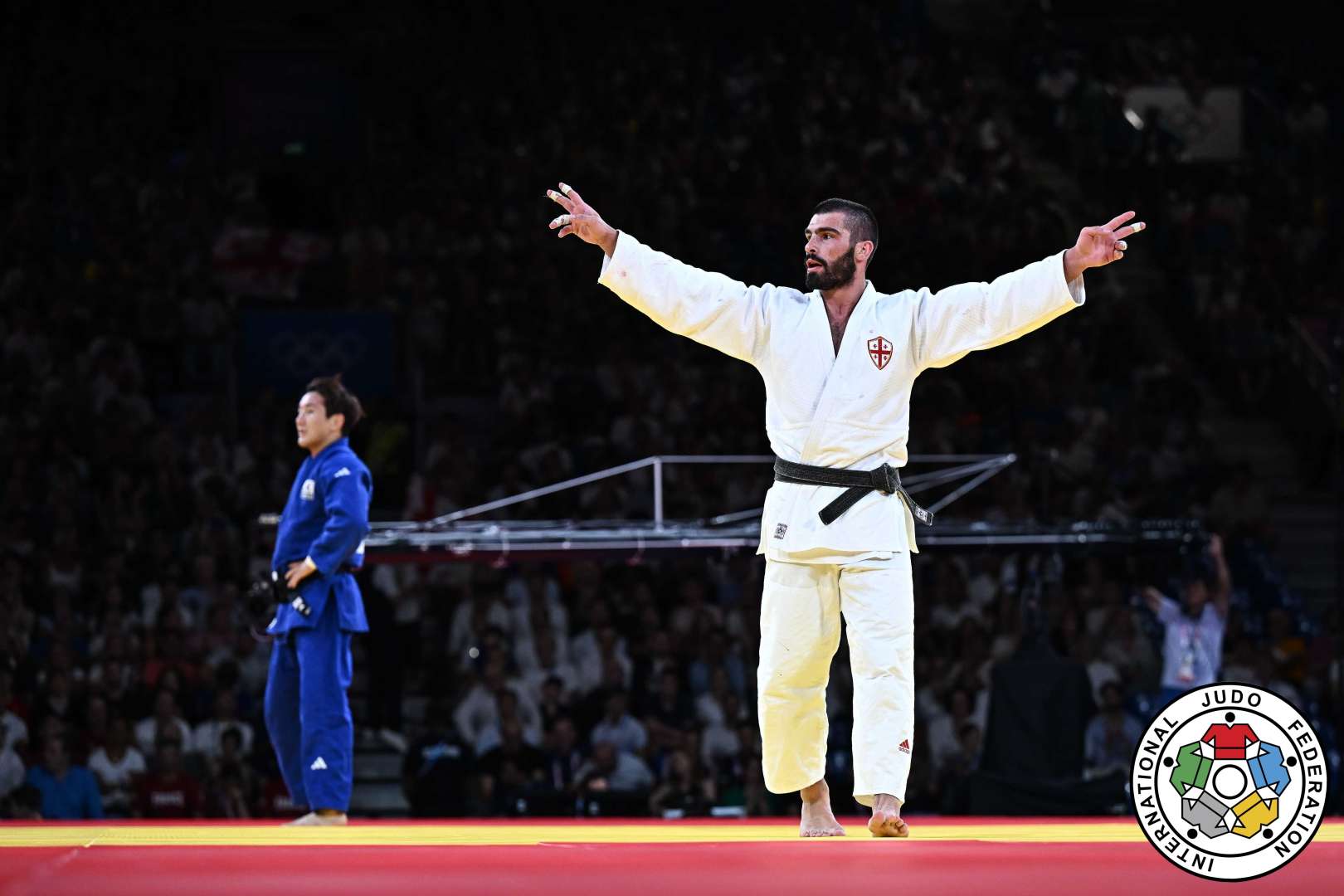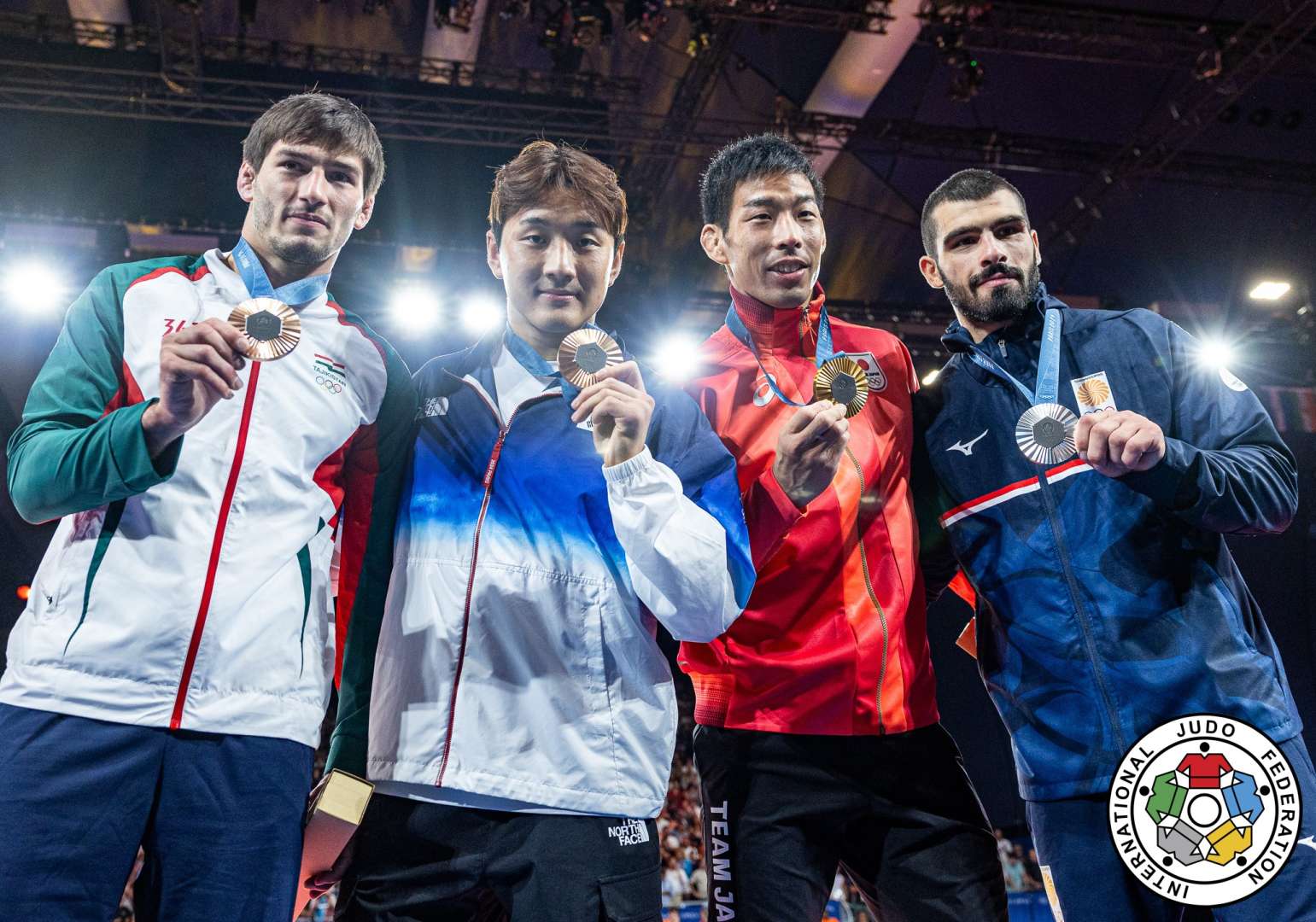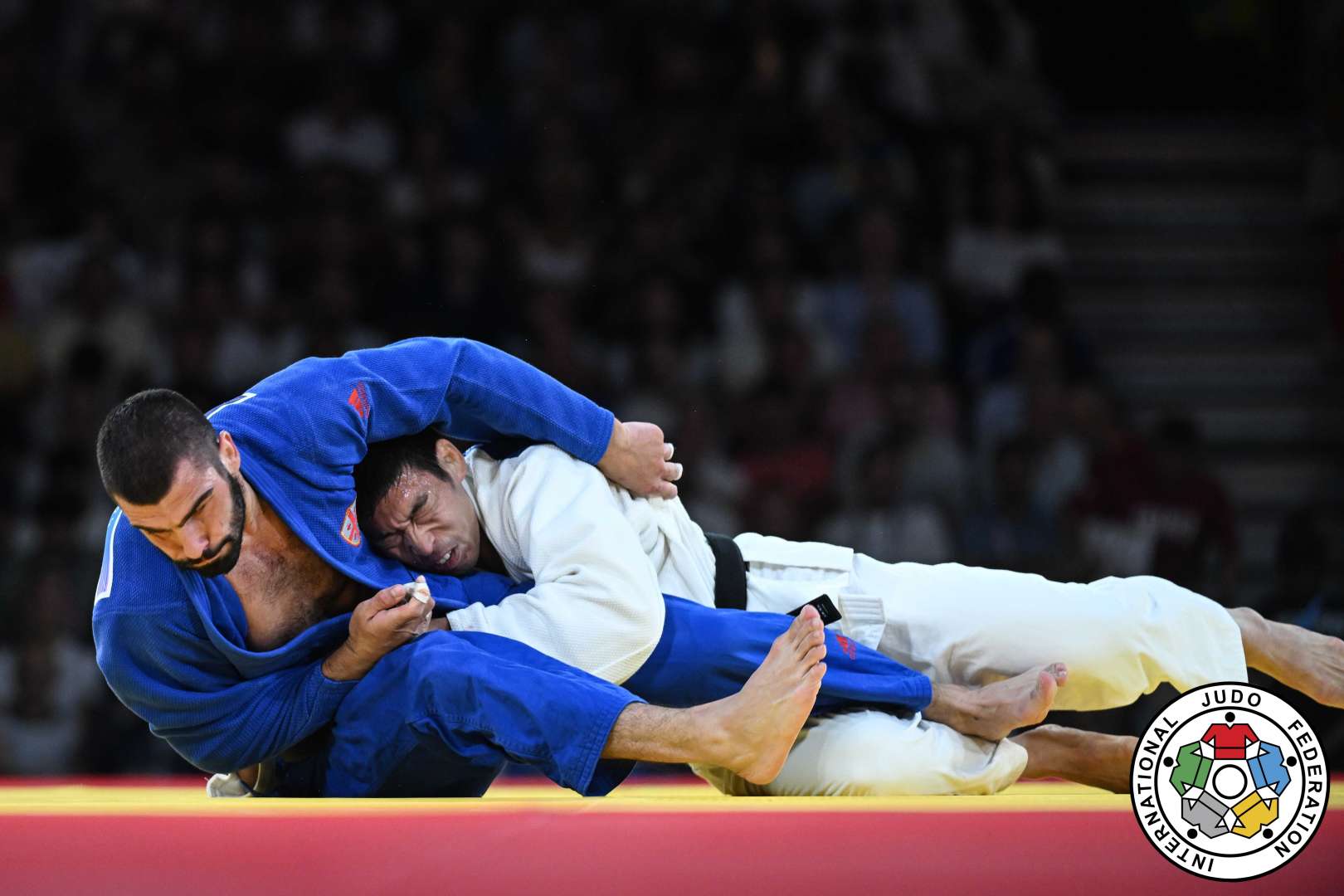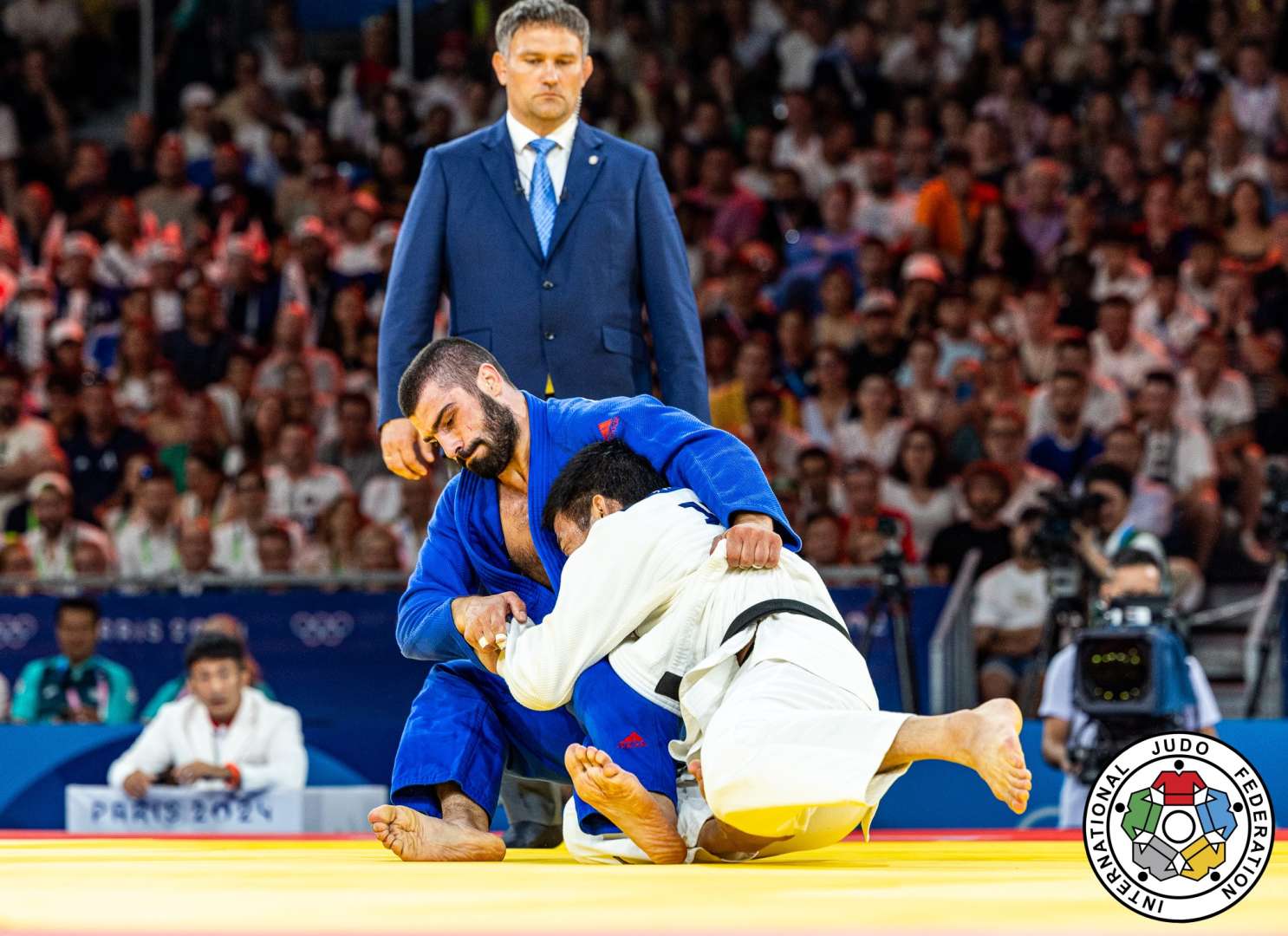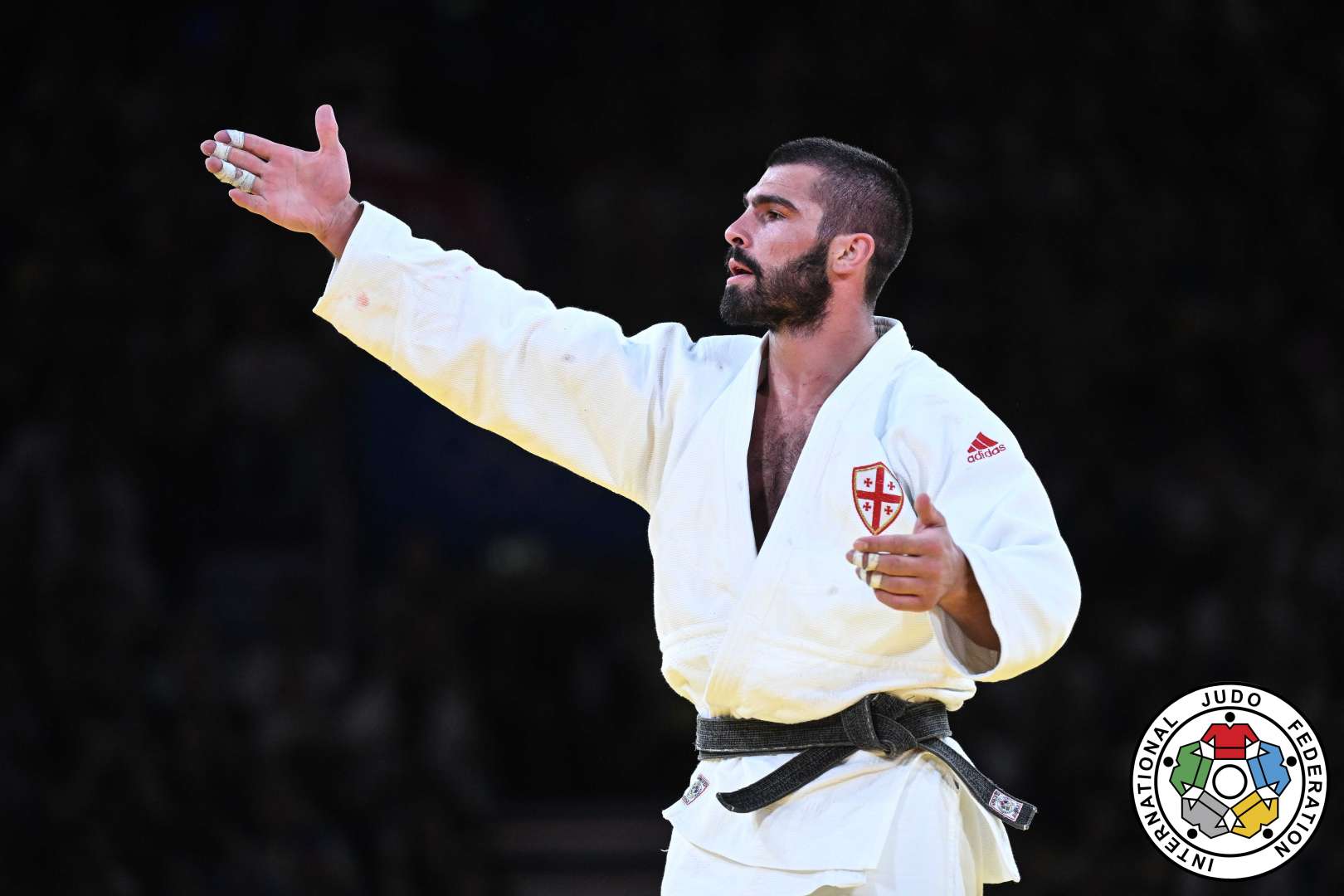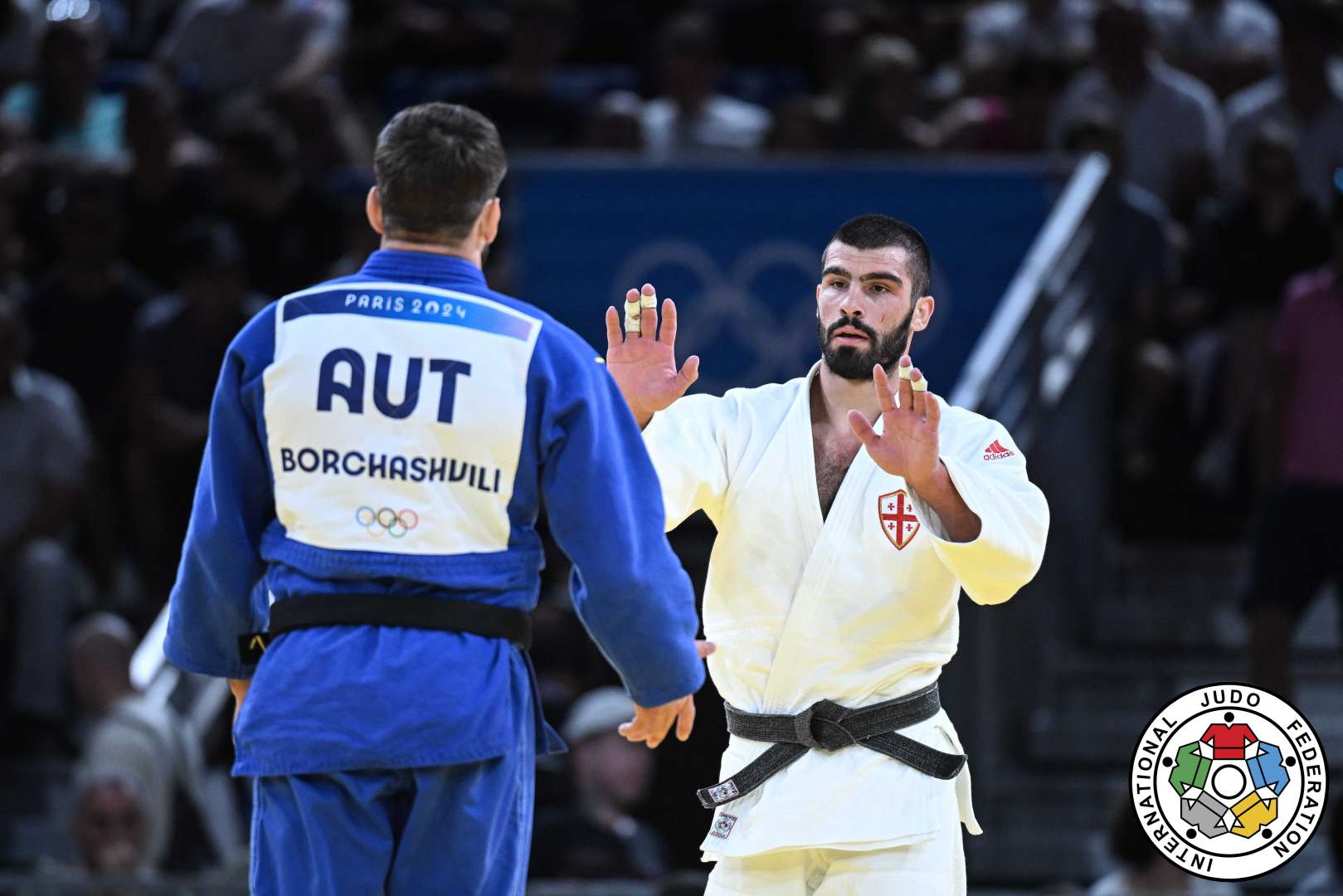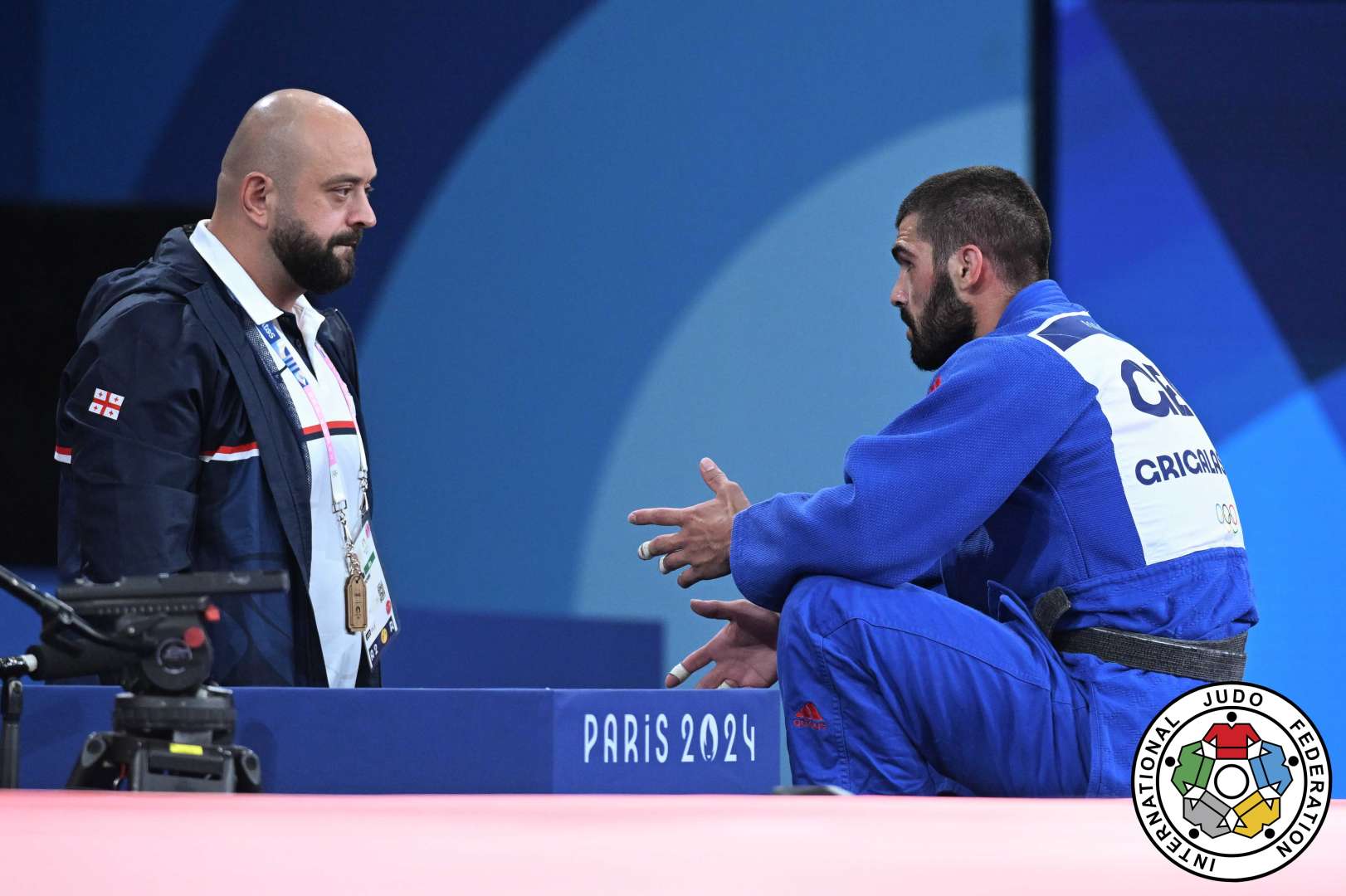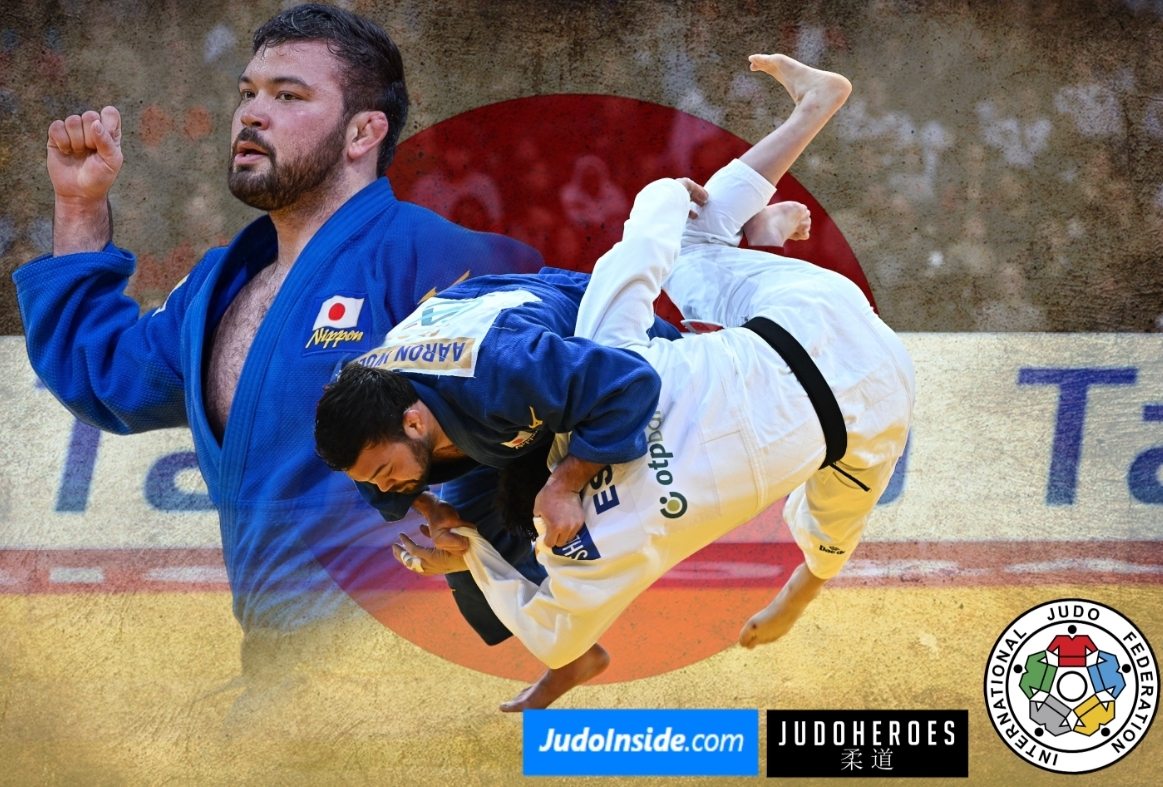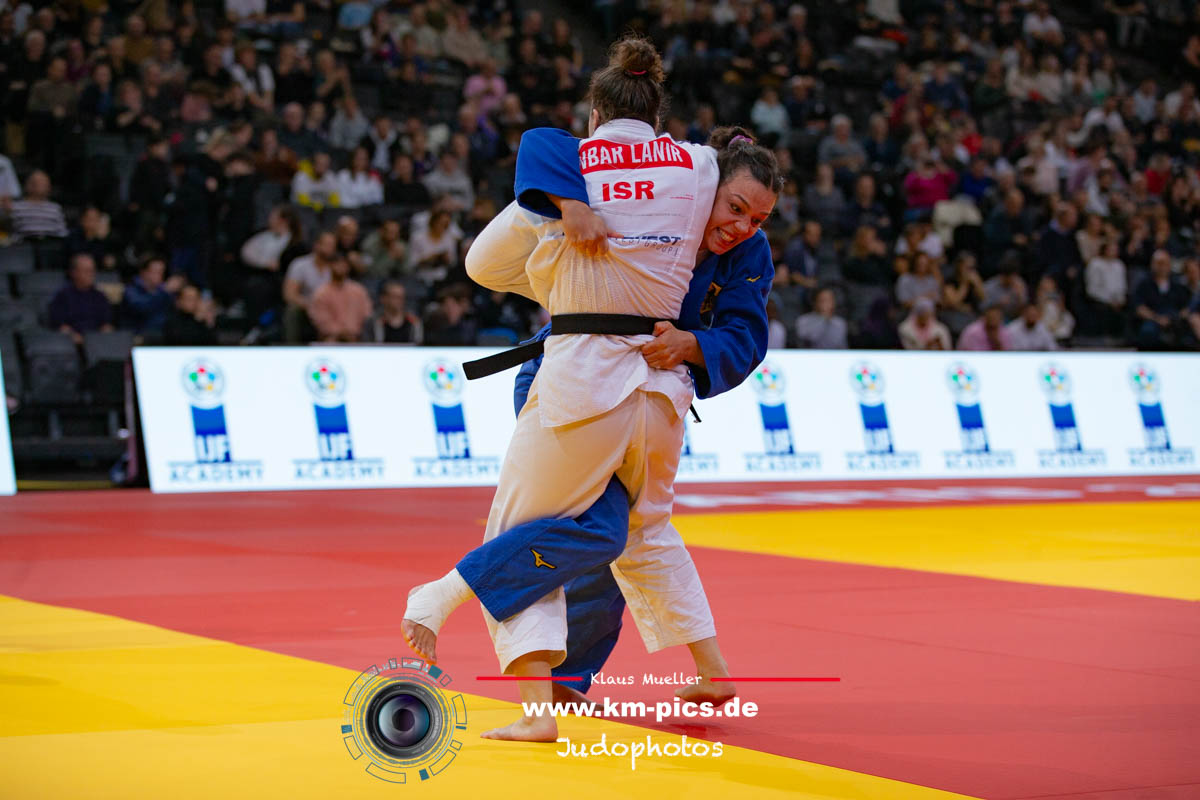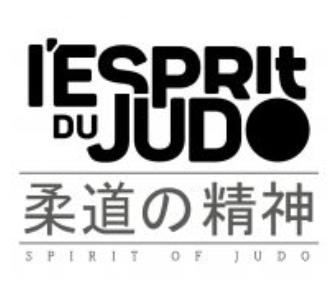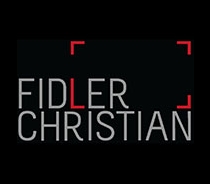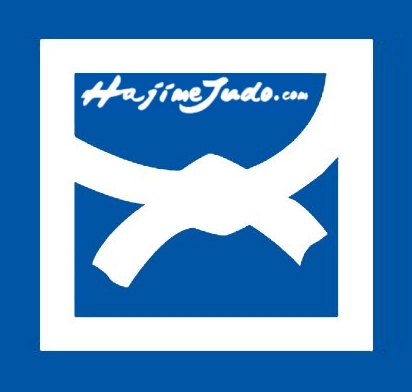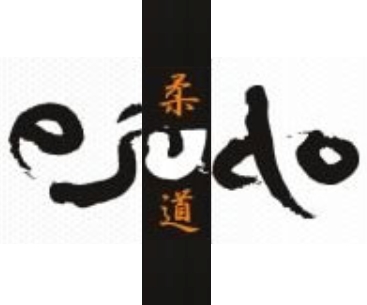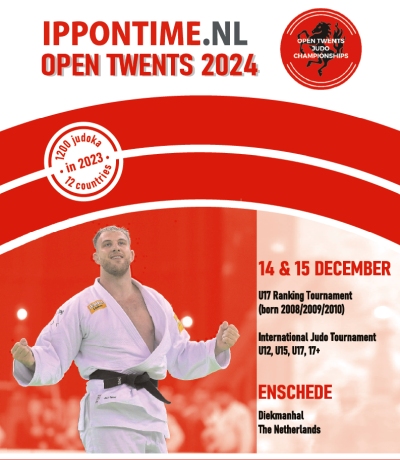Toshihiko Koga’s other techniques (Part 2: Seoi-related)

 23 Aug 2022 10:00
23 Aug 2022 10:00
 By Oon Yeoh of JudoCrazy
By Oon Yeoh of JudoCrazy
 David Finch / Judophotos.com
David Finch / Judophotos.com
In the previous article about Koga, we looked at various versions of seoi-nage that Koga did besides ippon-seoi-nage. It's obvious that he had a lot of variations. But his bread-and-butter technique was indeed ippon-seoi-nage. That being the case, Koga developed a range of techniques that complemented his powerful ippon-seoi-nage. When opponents were too scared of his ippon-seoi, he would unleash one of these related techniques instead.
Kouchi-makikomi is a natural complement to ippon-seoi-nage as it made full use of the action-reaction principle. Koga would do a slight ippon-seoi feint to get his opponent to pull backwards and right at that instant, he would switch directions and take him to the back with kouchi-makikomi instead.
During Koga's time, leg grabs were allowed and his kouchi-makikomi often involved a leg grab. This was a technique he used throughout his career and he used it prominently during the 1990 All-Japan Open Weight Championships where he fought many large opponents.
You could call this a direct-attack tani-otoshi or perhaps even a form of kosoto-gake. But it was done in similar fashion to kouchi-makikomi, except instead of attacking uke's right leg, Koga would attack uke's left leg.
This was a technique he would use against left-handers, whose right leg is too far away because of their left-handed stance. As with kouchi-makikomi, Koga would do a slight ippon-seoi feint and then launch into a massive tani-otoshi/kosoto-gake.
He used this against left-handed opponents like Chang Su Li of North Korea (he used it against Li in both the 1987 and 1989 World Championships) and against Mike Swain of the USA.
If Koga had difficulty doing his favorite ippon-seoi-nage, he would sometimes get a headlock on uke and launch into koshi-guruma instead. His left hand would grab uke's right lapel, just as he would in ippon-seoi but the right arm goes around the neck instead of under uke's right armpit. If you look at Koga's body positioning when he does koshi-guruma, it's exactly like it would look when he did ippon-seoi. Only the right arm grip is different.
How is tomoe-nage related to ippon-seoi? Koga said he did tomoe-nage from the exact same grip as he would do when preparing for ippon-seoi. Again, whenever his opponents were very wary of his ippon-seoi, Koga would switch to something else instead, and tomoe-nage was one of his options.
Tomoe-nage was something Koga had used as early as 1986 when he took part in the Junior World Championships but it would only figure prominently as part of his judo repertoire in 1992, when he used it several times in the Barcelona Olympics. He also used it in the 1996 Atlanta Olympics.
Koga's version of this technique is not yoko-tomoe-nage but is closer to the classical version of the technique where tori falls straight back and throws uke over the top.
 like
like
 share
share

| Result | City | Date |
|---|---|---|
| 2 | Paris | 2024 |
| 1 | Abu Dhabi | 2024 |
| 1 | Zagreb | 2024 |
| 3 | Belgrade | 2023 |
| 2 | Montpellier | 2023 |
